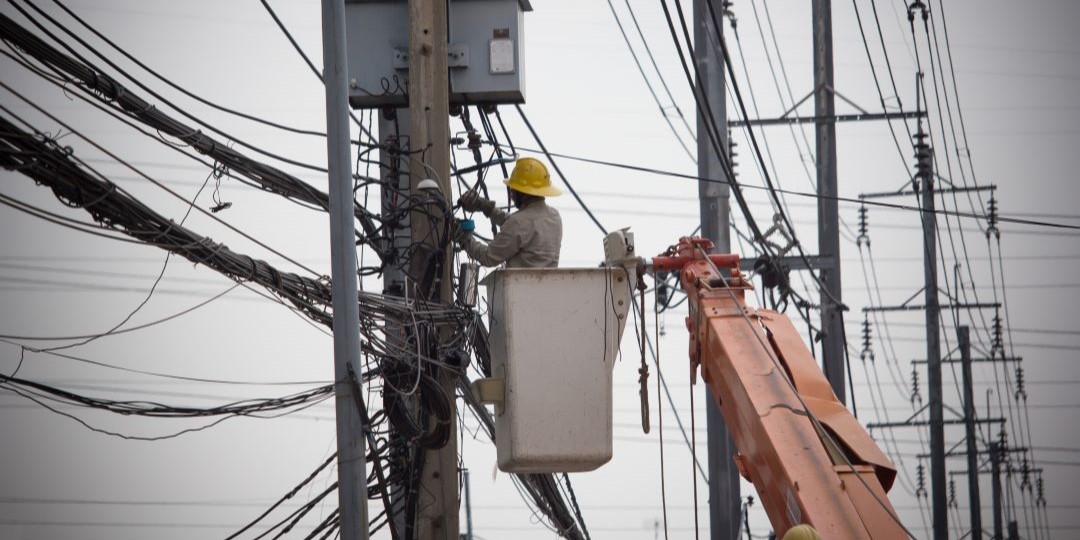2019 NYC Power Outage
By Joseph Bennett, Senior NERC Reliability Specialist
On July 13, 2019, approximately 70,000 to 73,000 people lost power in a 30-block area of Midtown Manhattan and Manhattan’s west side. A tourist-filled Times Square and Broadway were shut down by the outage just as shows were set to go on.
The power outage also affected the entire NYC Subway system and the Metropolitan Transportation Authority (MTA) had to close four Manhattan stations and advised people to use the bus system due to uncertainty about the subway system due to not knowing the cause of the power outage. The FDNY also had to send responders to assist people who were stuck in elevators in high rise buildings throughout the affected area due to the loss of power. NYPD was dispatched to the affected areas to direct traffic due to the failure of traffic signals.
The outage was initially reported as being possibly due to a manhole explosion which was initially verified. Initially Con Edison stated the cause of the outage was a mechanical failure that it felt could be resolved relatively quickly but was unable to give an estimate on when power would be restored. Upon further investigation, it was determined that cause of the blackout was a transformer fire at one of the substations. While investigating the transformer explosion and fire, the root cause was traced to a relay in the substations transformer protection system that did not operate properly.
In a statement by Con Edison, they stated that in this case, primary and backup relay systems did not isolate a faulted 13,000-volt distribution cable at West 64th Street and West End Avenue. Initially, the fault on the 13kV system and the power outage were not thought to be connected by system operators. During the investigation, it was determined that the events were linked. The fault actually started on the 13kV system which then was exacerbated by the failure of the relay protection system to operate and trip the system off line. This led to an overload on a transformer in the substation which caused the transformer to explode and catch fire. All of this leading power outage that affected a large portion of Manhattan as well as people in surrounding areas due to a major disruption in transportation.
To prevent a similar occurrence in the future, Con Edison isolated all their similar relays in their system and performed testing and maintenance on the relays prior to returning them to service in order to ensure that the failure would not occur again.
In the end, it only took Con Edison 5 hours to restore power to the 70+ thousand affected customers and get the subway back up and running again. It did take several more days and countless hours to investigate similar relay protection systems and ensure that there wouldn’t be a similar problem in the future that would lead to another outage on Con Edison’s system.











